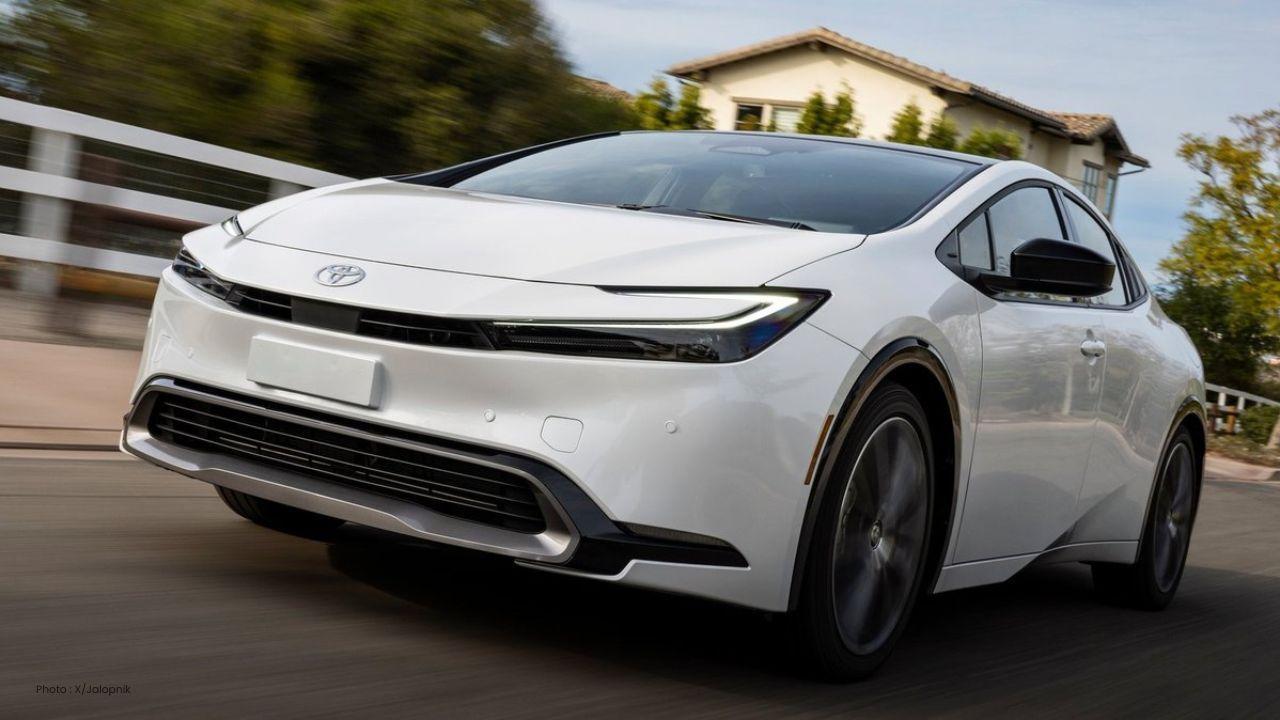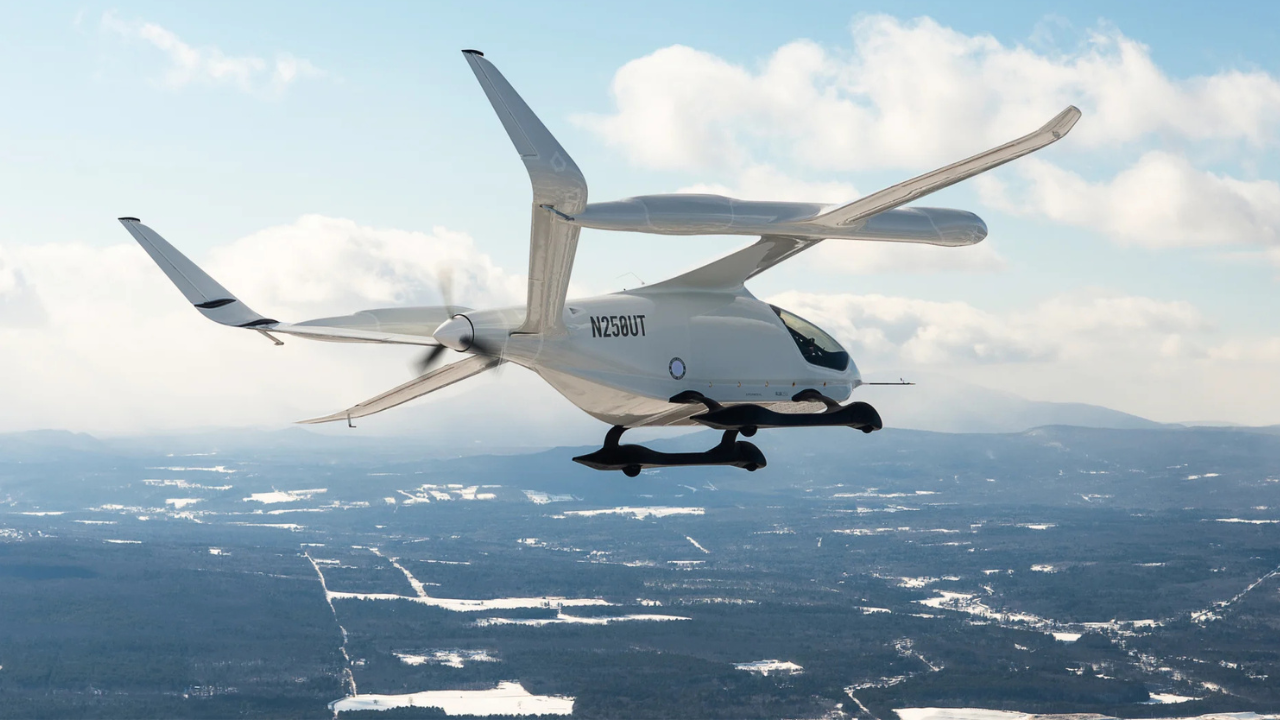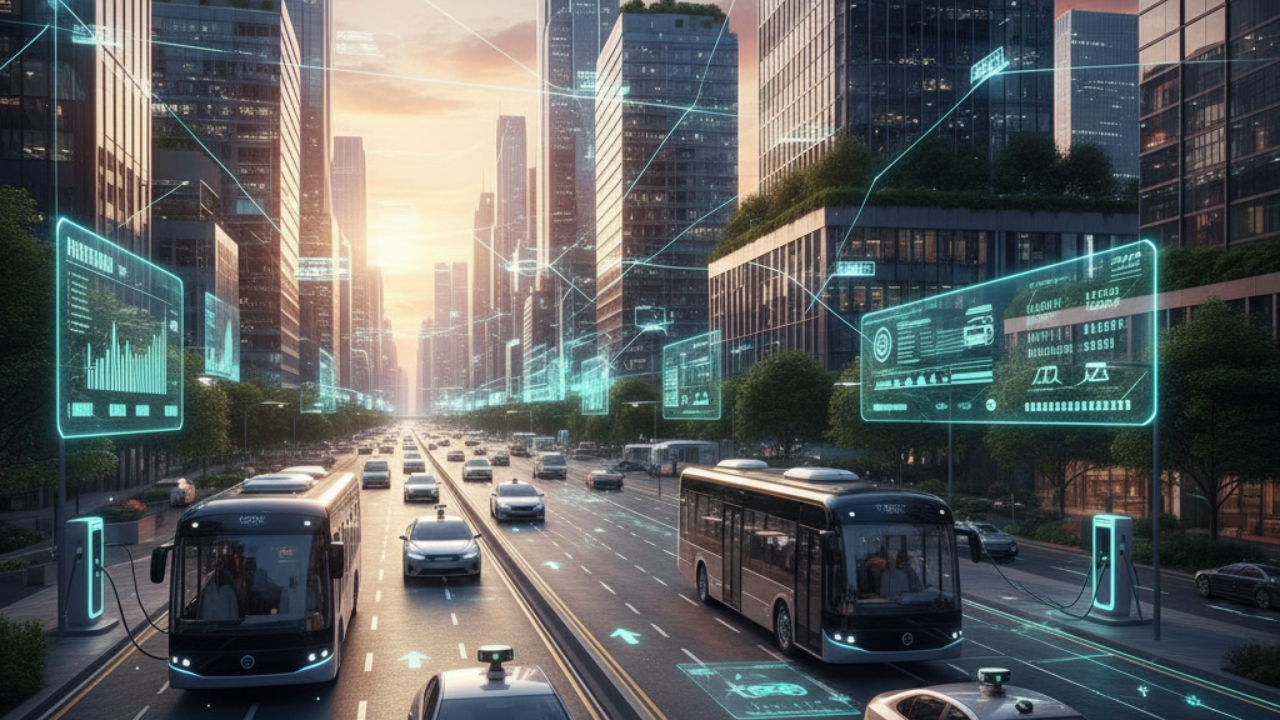
Post by : Avinab Raana
Toyota’s plug-in hybrid electric vehicles promise electric driving for everyday use and gas backup for longer trips. But new research reveals many owners don’t benefit from that promise because they rarely plug in their PHEVs. The heart of the problem isn’t the technology. It’s the behaviour. Without frequent charging, a PHEV becomes more like an ordinary hybrid with heavy battery baggage, expensive purchase price, and fewer environmental gains than its name suggests.
According to fleet management data and telematics work, PHEV fleets are getting actual electric use far below what lab tests assume. In commercial use cases, more than 80 percent of energy consumed comes from the gasoline engine, even though many PHEVs are built to do far more on electric power. When drivers don’t plug in, all the benefits—lower fuel cost, lower emissions, quieter riding erode. Real-world CO₂ emissions and fuel consumption for many PHEVs are significantly higher than their official ratings, and that discrepancy widens when charging is infrequent or skipped entirely.
Several reasons emerge. First, convenience matters: if you come home and the charger isn’t nearby, or if charging points are hard to access, owners may not bother. Some PHEV owners admit they forget, others say they don’t see much benefit for short trips if the battery often drains to hybrid mode anyway. Cost of electricity, cost of infrastructure, and lack of awareness also play a role. Some drivers may believe that once they buy a PHEV, the emissions savings are “automatic,” not realizing they must actively plug in to realise those gains.
Toyota, a major PHEV maker (Prius Prime, RAV4 Prime etc.), confirms that it has data on how often its PHEV owners charge their vehicles. However, when asked about sharing that information publicly, the company has declined. Toyota says that charging behaviour depends heavily on many variables driver habits, geography, charging infrastructure, local electricity prices, climate and that they are still analyzing what counts as accurate and reliable data. By not publishing clear numbers, the company avoids being caught between ideal expectations and messy real-world performance.
When cars aren’t driven in electric mode very often, real-world emissions climb. Carbon savings predicted in official ratings (EPA, WLTP etc.) are often based on an assumption of frequent electric usage. But studies show many PHEVs fall far short, emitting more greenhouse gases and consuming more fuel than drivers expect. For policy makers, this raises questions about incentives, tax credits, and regulations that reward PHEV sales assuming full usage. If regulation or rebates are based on unrealised electric use, they may not deliver the public or climate benefits promised.
Drivers who don’t plug in don’t just lose environmental benefits; they lose savings. Fuel costs remain high, and the extra battery, electric drivetrain and higher purchase cost must be amortized over a certain usage pattern. When that pattern doesn’t happen- few charging hours, frequent gas use ownership costs rise. For Toyota, failing to encourage true plug-in usage puts at risk the credibility of PHEVs. Fleet buyers and customers may feel misled. Meanwhile infrastructure investments and regulatory support for PHEVs could draw fire if reported benefits don’t materialize.
Behavioural studies suggest that nudges can help. Reminders to plug in when arriving home, educational messaging, app notifications, gamified rewards for frequent electric driving all make a difference. Some PHEV owners respond well when they know how much fuel they’ve saved, how much pollution they’ve avoided, or how many electric-only miles they’ve driven. Better access to charging infrastructure especially home charging or workplace charging makes a big difference. Regulation could also shift to require automakers to report actual usage, or for incentives to favor vehicles only when they are used in electric mode.
This issue isn’t unique to Toyota. Automakers generally have sparse data on how PHEVs are used in real life. Some companies like Jeep, Hyundai, Kia have released limited survey data, but often from small samples or voluntary respondents. That data tends to overestimate charging frequency, since people who care or volunteer are likelier to plug in. Regulators are starting to pay attention. Some emissions policies are being reworked so that plug-in hybrids must meet higher electric range thresholds or usage requirements to qualify for incentives. The future of PHEVs may depend less on what the car can do, and more on what drivers choose to do.
Toyota has the tools to improve. It could share data transparently and clearly, showing how much electric miles PHEVs actually contribute. It could integrate behavioural tools, apps, reminders, onboarding education to help owners plug in more often. It could partner with utilities and charging infrastructure providers to reduce barriers to charging. Incentives or discount programs tied to frequency of electric usage might encourage better charging behaviour. If Toyota can close the gap between promise and reality, PHEVs may again deliver what buyers were sold.
Plug-in hybrids were once seen as the bridge between gasoline and fully electric vehicles. Many still are. But this study makes it clear that the bridge remains under-utilized by many owners. The promise of cleaner driving, lower costs, and reduced emissions is real, but only if drivers plug in as they intended.
Toyota’s reluctance to share its data doesn’t stop gratitude for what it has built. But it does mean trust depends on transparency. As drivers, regulators, and environmental advocates push for more accountability, the test will be whether real-world usage catches up to the narrative. The future of PHEVs depends on whether owners make the effort to plug in or whether the battery remains just an ornament.
Plug-in hybrids, Toyota PHEV, Charging behaviour










Bengaluru-Mumbai Superfast Train Approved After 30-Year Wait
Railways approves new superfast train connecting Bengaluru and Mumbai, ending a 30-year demand, easi

Canada Post Workers Strike Halts Nationwide Mail and Parcel Services
Canada Post halts operations as CUPW strike disrupts mail and parcel delivery nationwide amid disput

PM Modi Launches BSNL ‘Swadeshi’ 4G Network, 97,500 Towers Built
India enters global telecom league as PM Modi inaugurates BSNL’s indigenous 4G, connecting 26,700 vi

India’s Iconic MiG‑21 Takes Final Flight After Six Decades of Service
After 60 years India retires its MiG‑21 fighter jet, a legendary yet controversial warplane marking

Hindustan Zinc unveils AI hotspot monitoring at Debari smelter
Hindustan Zinc launches AI-powered Switchyard Hotspot Monitoring at Debari smelter to cut outages bo

Chinese experts worked inside sanctioned Russian drone plant
Chinese drone specialists visited IEMZ Kupol supplying parts and drones via intermediaries, deepenin